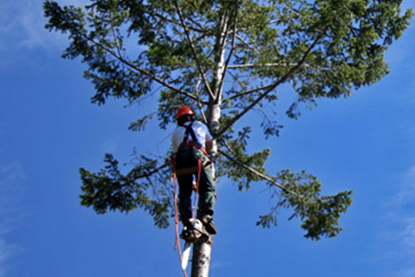You have no items in your shopping cart.
All Courses
Transportation of Dangerous Goods (Canada)
The dangers associated with hazardous goods are magnified when people transport them since they are in motion and may be exposed to dangerous conditions. The Canadian government enacted the Transportation of Dangerous Goods (TDG) Act to promote public safety. Everyone who transports hazardous goods needs to know what they are handling, what the dangers are and what to do in case of an emergency. Take this course as an overview to TDG regulations. Ideal learners include anyone who is involved in shipping or receiving dangerous goods.
$29.95
Tree Trimming Safety (US)
Tree trimming operations require climbing, pruning and felling trees. Hand and portable power tools such as loppers, trimmers and chainsaws make the necessary cuts. Aerial lifts and chippers bring workers to the right height and clean up the worksite. All of these activities have the potential to be extremely hazardous. This course covers safety precautions for tree trimming. Ideal learners are employees who participate in tree trimming operations.
$29.95
Trending and Analysis
You cannot continuously improve unless you constantly evaluate your performance. The best way to improve safety is to follow through on your plans and then analyze the results to see if there is room for improvement. Take this course to learn about the data you should analyze, what it can tell you and how you can follow up. Ideal learners are managers, supervisors and safety committee members.
$29.95



